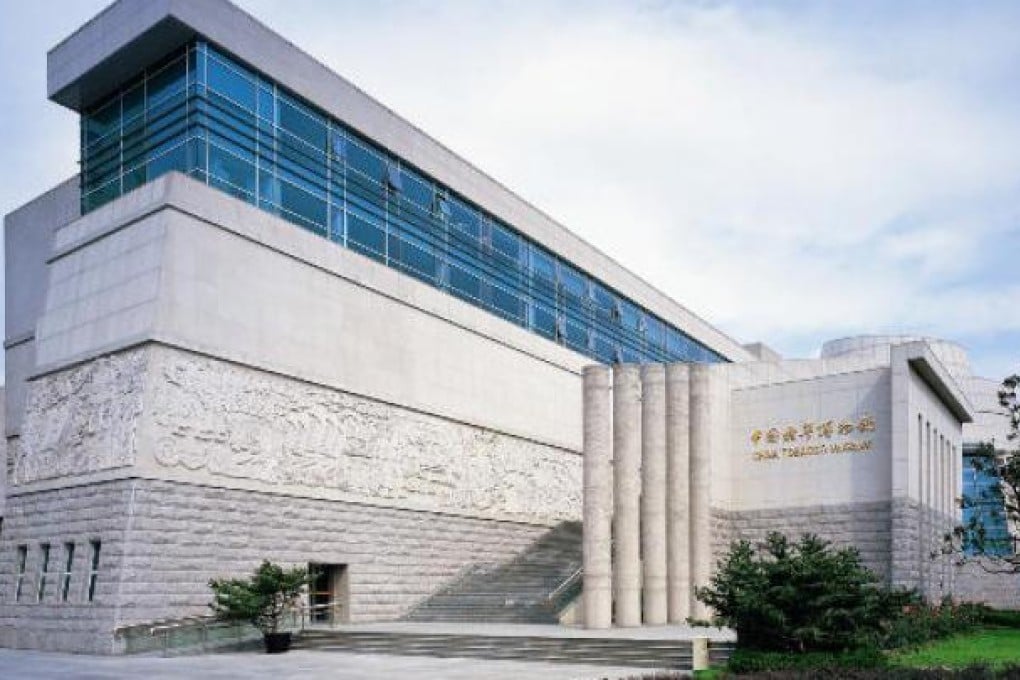Anti-smoking activists in row over China Tobacco Museum in Shanghai
Shanghai gallery visited by children was named as centre for 'patriotic education', but anti-smoking lobby says it fails to highlight health risks

Anti-smoking activists are angry at the controversial designation of Shanghai's China Tobacco Museum as a "patriotic education base".

The designation was made in June on the basis that one exhibit shows how tobacco factory workers joined anti-imperialism activities in the 1930s and '40s.
But the recent public outrage also stems from the fact that young, susceptible schoolchildren are still being taken on field trips to the tobacco-themed museum, named three years ago as a base to promote popular science and to cultivate moral values in minors.
The mainland's anti-smoking sector considers the museum to be a propaganda tool of the tobacco industry. It has called on the government to remove the controversial designations bestowed on the museum and close it down.
Built by the tobacco industry at a cost of millions of yuan, it opened in 2004 and is the biggest of its kind on the mainland, with smaller ones in Shandong and Yunnan .
